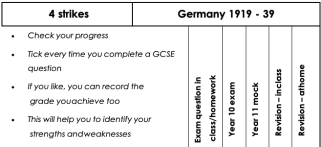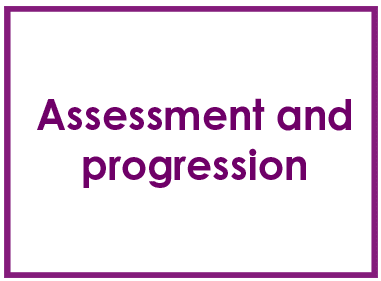
This section of the site contains four different types of advice. There is general advice, outlining factors that usually explain success at GCSE and a short paper entitled ‘Smoking Out Underachievement’. Then there are five really interesting case studies of best practice. Each has been co-written by an experienced subject leader who has been responsible for making a massive improvement in results or the quality of teaching and learning, or both! There follows some INSET activities that you might want to use with your team. Finally, we have the more practical advice relating to teaching at Key Stage 4.
General advice on raising attainment and smoking out underachievement:
Take your pick from the downloadables.
Case studies: Focus on high expectations, varied, purposeful teaching for all, and close monitoring
These are to be read in a narrative form. They have many areas in common but each is subtly different, depending on:







